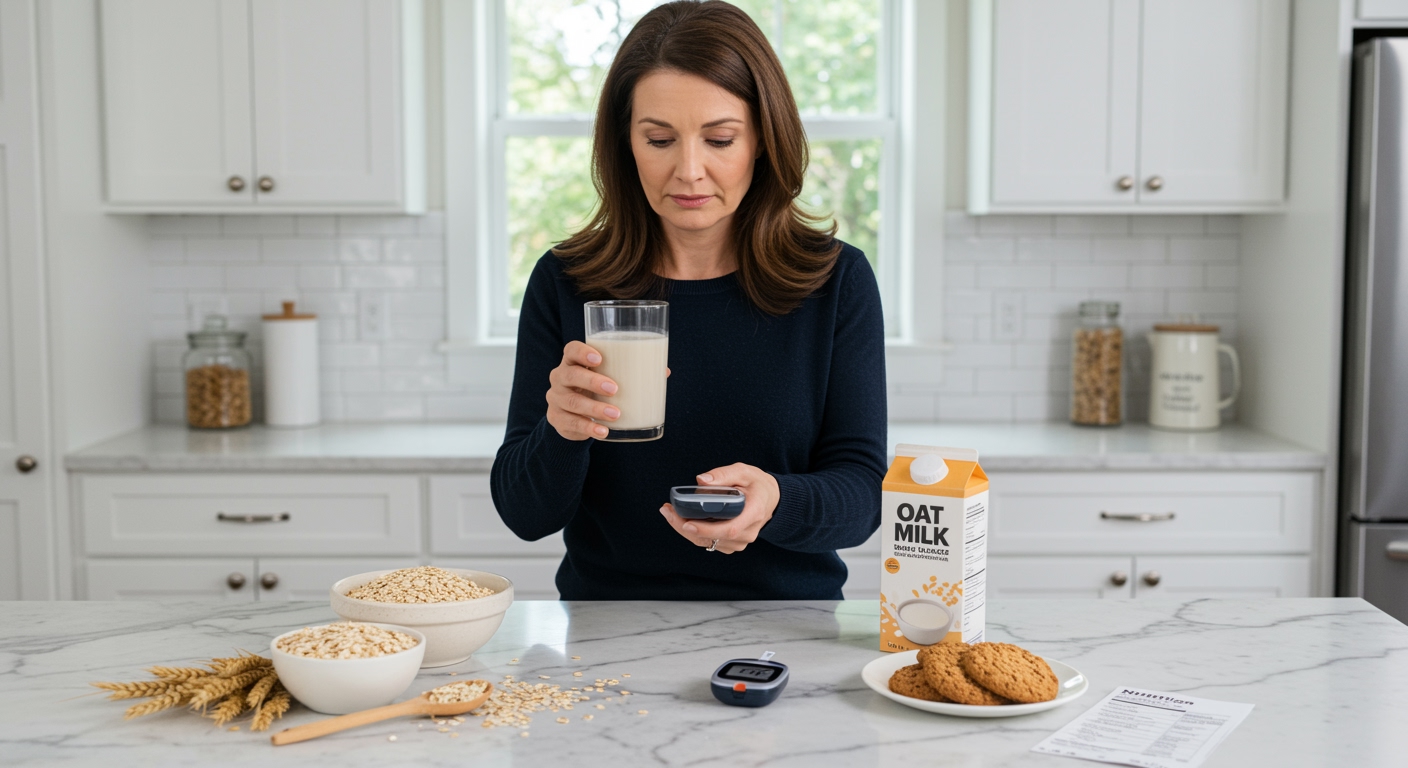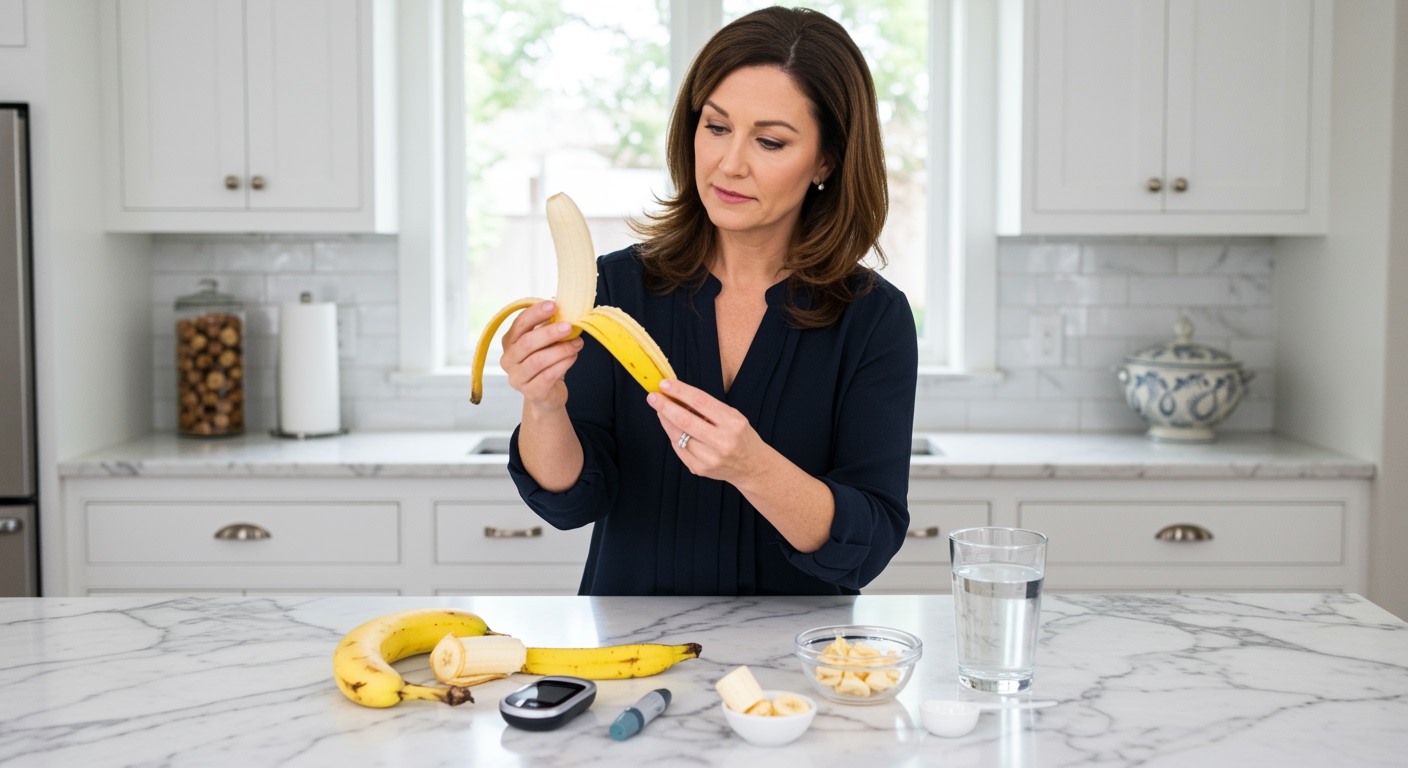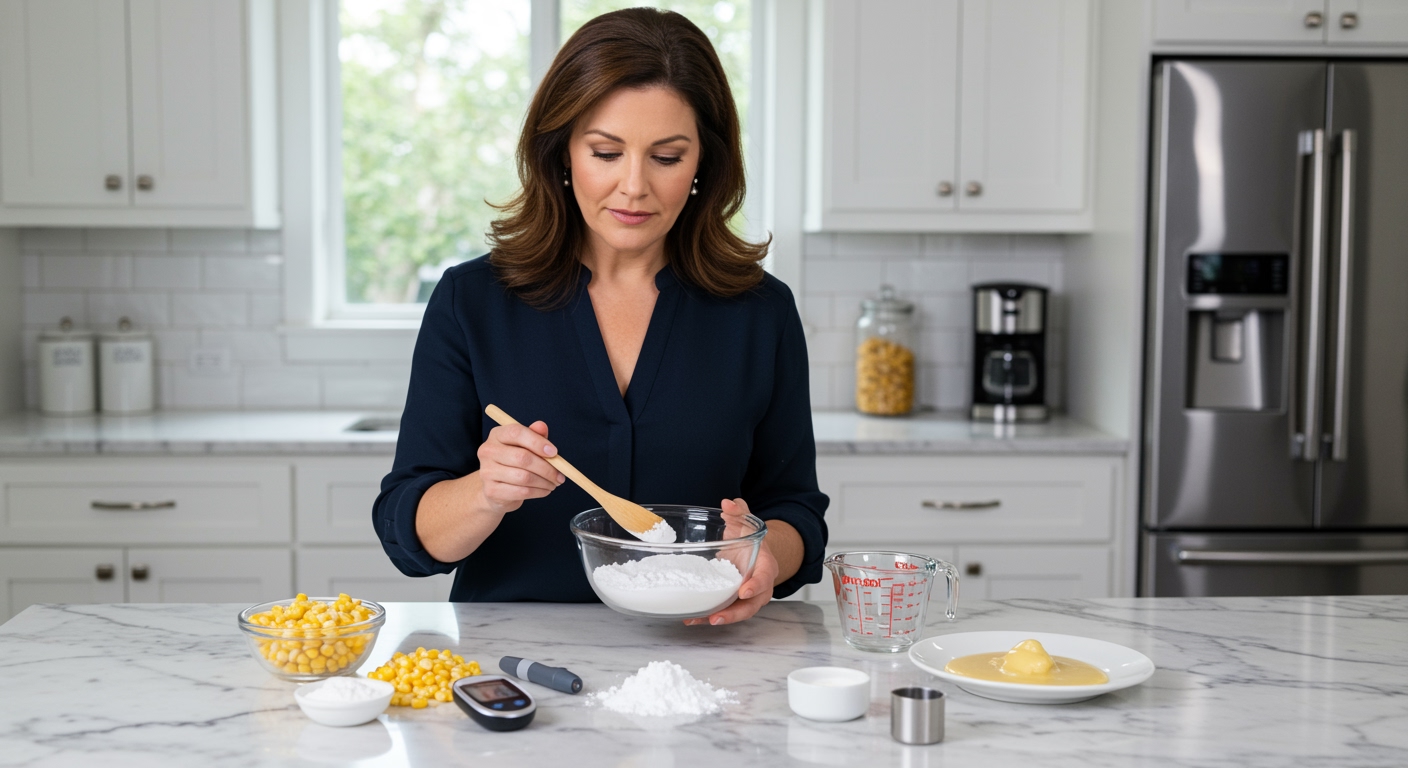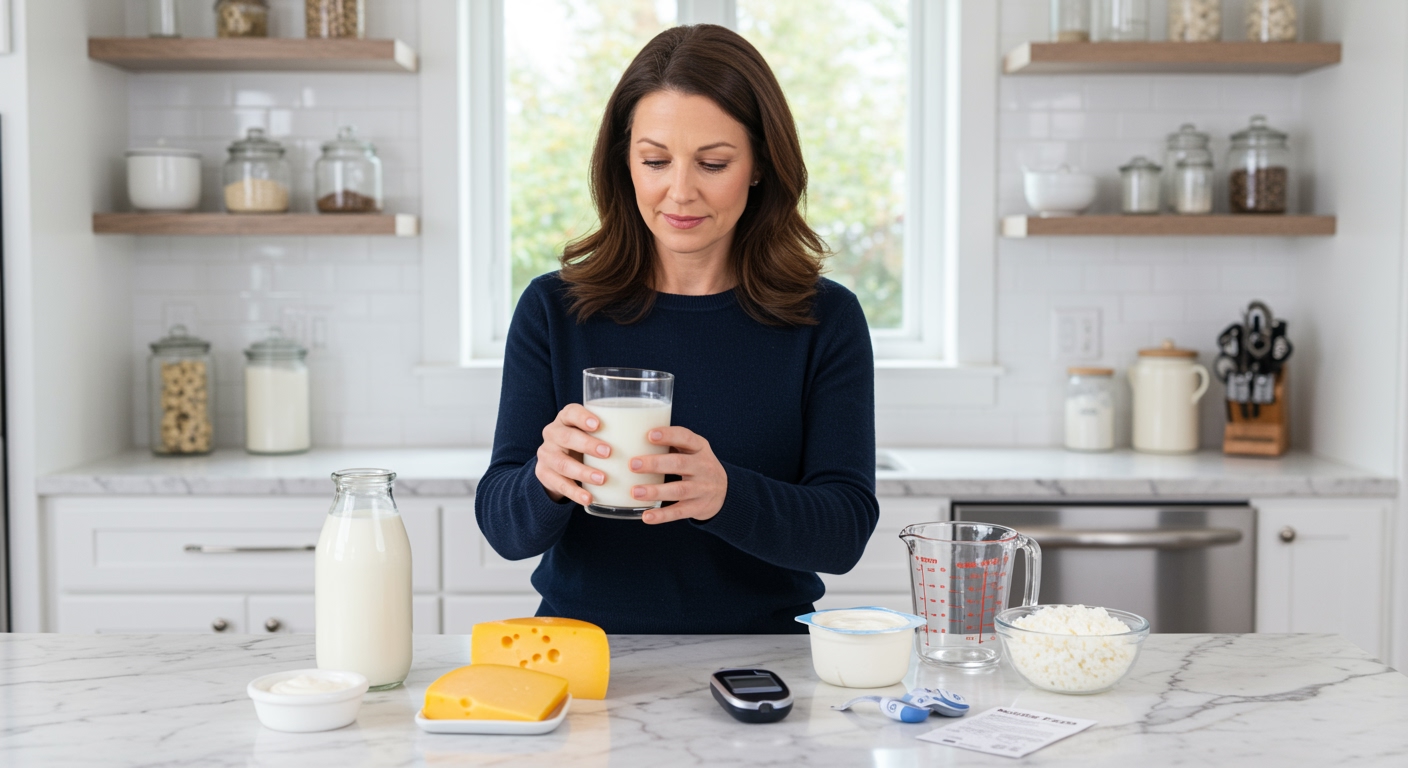✪ Key Takeaway: Seafood is excellent for diabetes as it contains zero carbs, high protein, and beneficial omega-3 fatty acids.
Introduction
Your doctor just told you that you have diabetes, and now you are staring at your dinner plate wondering what foods are safe to eat.
You might be asking this question because seafood seems like a healthy choice, but you are not sure how it affects your blood sugar levels or if it fits into your new eating plan.
Hi, I am Abdur, your nutrition coach, and today I am going to explain exactly how seafood impacts diabetes and why it should become your new best friend in managing blood sugar levels.
Does Seafood Raise Blood Sugar Levels?
Seafood contains zero carbohydrates, which means it cannot directly raise your blood sugar levels.
When you eat fish, shrimp, crab, or any other seafood, your body does not need to produce insulin to process carbs because there are none present.
The glycemic index of all seafood is zero, making it one of the safest food choices for people with diabetes.
Your blood glucose meter will show minimal changes after eating plain seafood, unlike what happens when you consume bread, rice, or pasta.
However, the preparation method matters significantly because breaded fish sticks or seafood served with sugary sauces will spike your blood sugar due to the added carbohydrates.
Research shows that protein-rich foods like seafood can actually help stabilize blood sugar levels by slowing down the absorption of carbs from other foods eaten during the same meal.
✪ Pro Tip: Always check restaurant seafood dishes for hidden carbs in marinades, batters, and sauces.
What Makes Seafood Perfect For Diabetes Management?
Seafood provides complete protein with all essential amino acids your body needs to maintain muscle mass and support healthy metabolism.
The high protein content helps you feel full longer, which prevents overeating and supports weight management – a crucial factor in diabetes control.
Most seafood is naturally low in calories, with a 3-ounce serving of salmon containing only 175 calories while providing 25 grams of high-quality protein.
Omega-3 fatty acids found in fatty fish like salmon, mackerel, and sardines help reduce inflammation throughout your body, including in blood vessels damaged by high blood sugar.
These healthy fats also improve insulin sensitivity, which means your cells become better at using glucose from your bloodstream.
Studies indicate that people who eat seafood regularly have lower rates of cardiovascular disease, which is particularly important since diabetes increases heart disease risk.
The selenium, zinc, and B vitamins in seafood support proper nerve function and may help prevent diabetic neuropathy.
✪ Fact: Eating fish twice weekly can reduce diabetes complications by up to 40% according to recent studies.
Which Types Of Seafood Are Best For Diabetics?
Fatty fish like salmon, mackerel, sardines, and tuna top the list because they provide the highest amounts of omega-3 fatty acids.
Wild-caught fish generally contains more nutrients and fewer contaminants compared to farm-raised varieties, though both options remain beneficial for diabetes management.
Shellfish including shrimp, crab, lobster, and scallops are excellent choices because they are extremely low in calories while being rich in protein and minerals.
White fish such as cod, halibut, and tilapia provide lean protein without excess calories, making them perfect for weight management.
Canned fish like sardines and salmon offer convenience and affordability while maintaining their nutritional benefits, just choose varieties packed in water rather than oil.
Avoid processed seafood products like fish sticks, crab cakes, or breaded shrimp because manufacturers add flour, breadcrumbs, and other carbohydrate-rich ingredients.
✪ Note: Pregnant women with diabetes should limit high-mercury fish like king mackerel and swordfish.
How Should You Prepare Seafood For Optimal Blood Sugar Control?
Grilling, baking, broiling, or steaming seafood preserves its natural nutrients while avoiding added carbohydrates from batters and coatings.
Season your fish with herbs, spices, lemon juice, and small amounts of healthy oils like olive oil instead of sugary marinades or sauces.
Pan-searing in a small amount of coconut oil or avocado oil creates delicious flavors without compromising your blood sugar goals.
Avoid deep-frying seafood because the oil adds unnecessary calories and the breading contains carbs that will spike your glucose levels.
When dining out, ask for grilled or blackened seafood and request sauces on the side so you can control how much you consume.
Pair your seafood with non-starchy vegetables like broccoli, asparagus, or spinach to create a complete meal that supports stable blood sugar.
If you want to include carbs in your meal, choose small portions of quinoa, brown rice, or sweet potato and eat them after the protein and vegetables.
✪ Pro Tip: Marinate seafood in citrus juice and herbs for 30 minutes to enhance flavor without adding carbs.
Are There Any Risks Of Eating Seafood With Diabetes?
The main concern with seafood consumption is mercury content, particularly in larger predatory fish like shark, swordfish, and king mackerel.
People with diabetes may have compromised kidney function, making it harder for their bodies to eliminate heavy metals like mercury.
However, the benefits of eating low-mercury seafood far outweigh the risks, and most fish contain safe levels of mercury when consumed in recommended amounts.
Some individuals may have shellfish allergies, which can cause serious reactions regardless of diabetes status.
Sodium content in processed seafood products like canned fish or smoked salmon may be high, which could affect blood pressure management in diabetics.
Choose fresh or frozen seafood over processed varieties when possible, and rinse canned fish to reduce sodium content.
The American Heart Association recommends eating fish at least twice per week, and this guideline applies to people with diabetes as well.
✪ Fact: Low-mercury fish like salmon and sardines can be eaten 2-3 times weekly without health concerns.
The Bottom Line
Seafood is not just safe for people with diabetes – it is one of the best food choices you can make for blood sugar control and overall health.
The ocean provides medicine in the form of food, and seafood is your prescription for better diabetes management.
I would love to hear about your favorite seafood recipes or any questions you might have about incorporating more fish into your diabetes meal plan, so please share your thoughts in the comments below.
References
At NutritionCrown, we use quality and credible sources to ensure our content is accurate and trustworthy. Below are the sources referenced in creating this article:
- Alaska Seafood: Benefits of Seafood for Diabetes
- Glycemic Index Net: Glycemic Index of Seafood
- PMC: Fish Consumption and Diabetes Risk
- PMC: Omega-3 Fatty Acids and Diabetes





